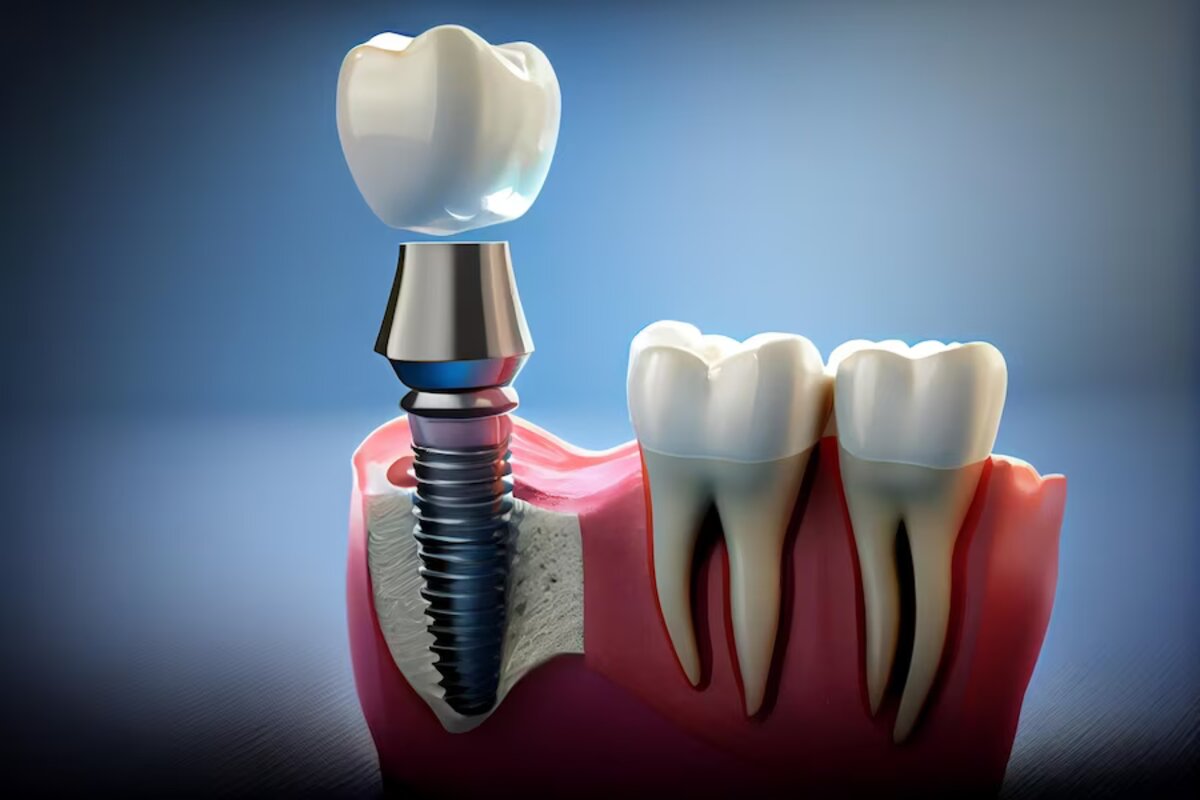Bone grafts for dental implants in Red Deer play a crucial role in restoring oral health and functionality for individuals seeking to replace missing teeth. While AI technology is absent here, the intricate procedure and its significance in dentistry are truly fascinating.
Understanding Bone Grafts for Dental Implants
The human jawbone provides essential support for teeth. When a tooth is lost due to decay, injury, or other factors, the surrounding bone can deteriorate over time due to a lack of stimulation. This bone loss poses challenges for dental implant placement since a sturdy foundation is necessary to support the implant.
It is where bone grafts come into play. A bone graft involves adding or augmenting bone tissue to the jaw, facilitating the growth of new bone. This procedure aims to regenerate or restore bone volume, making it viable for successful dental implant placement.
Types of Bone Grafts
- Autografts: In an autograft, bone is harvested from the patient’s body, typically from the hip, jaw, or chin. This type of grafting is advantageous as it minimizes the risk of rejection and promotes quicker healing. However, it involves an additional surgical site, which may cause discomfort.
- Allografts: Allografts involve using bone from a human donor, which is carefully processed and sterilized to ensure safety. This method eliminates the need for a second surgery site but may carry a slight risk of rejection.
- Xenografts: Xenografts utilize bone from another species, often from bovine or porcine sources, processed to make it biocompatible with the human body. While widely used and effective, some patients may be concerned about using animal-derived grafts.
- Synthetic Bone Grafts: These grafts consist of biocompatible materials that mimic the properties of natural bone. Synthetic grafts have gained popularity due to their availability, reduced risk of disease transmission, and avoidance of donor site complications.
The Bone Grafting Process
The bone grafting procedure typically involves several stages:
- Consultation and Evaluation: Your dentist in Red Deer will assess your oral health, bone density, and overall suitability for a bone graft.
- Bone Graft Surgery: During this procedure, the selected bone graft material is placed in the deficient area of the jawbone. The surgeon will secure it in place, often covering it with a membrane to enhance healing.
- Healing and Integration: Over several months, the body gradually incorporates the graft material, promoting the growth of new bone tissue. This healing period is crucial for ensuring a strong and stable foundation for the eventual placement of the dental implant.
- Implant Placement: Once the graft has successfully integrated with the natural bone, the dental implant can be surgically positioned into the jawbone.
- Osseointegration: This critical phase involves the fusion of the implant with the surrounding bone, allowing for a stable anchor to support a prosthetic tooth.
Post-Procedure Care and Recovery
Following a bone graft surgery, proper care is essential for successful healing:
- Medication: Your Red Deer dentist may prescribe antibiotics or pain relievers to manage discomfort and prevent infection.
- Dietary Restrictions: Initially, you may need to follow a soft or liquid diet to avoid placing excessive pressure on the graft site.
- Oral Hygiene: Maintaining good oral hygiene is crucial. Your dentist will instruct you on the best way to scrub the area of surgery without interfering with the healing process.
- Follow-Up Visits: Regular check-ups allow the dentist to monitor your progress and ensure proper healing.
Summarizing Notes
Bone grafts for dental implants have revolutionized dentistry, offering solutions for individuals with missing teeth or bone deficiencies. These advancements have heightened the success rates of procedures and enhanced the comfort of patients undergoing these treatments.
If you are contemplating dental implants near you and bone grafting, seeking advice from a seasoned dental professional can offer invaluable guidance. Their expertise will help determine if these procedures align with your unique oral health requirements.
Understanding bone grafts for dental implants might seem intricate at first glance, but progress in technology and surgical methods has made a remarkable difference. Ultimately, bone grafts serve as a pathway to reinstating functionality, improving aesthetics, and boosting confidence in your smile.
Get Bone Grafts For Dental Implants at Gaetz Dental Now
At Gaetz Dental, accessing bone grafts for dental implants is a streamlined process. Our each skilled dentist near you evaluates your oral health needs, offering personalized guidance on the suitability of bone graft procedures.
With a focus on precision and patient comfort, our team ensures a seamless experience, paving the way for successful dental implant treatments tailored to your specific requirements.
